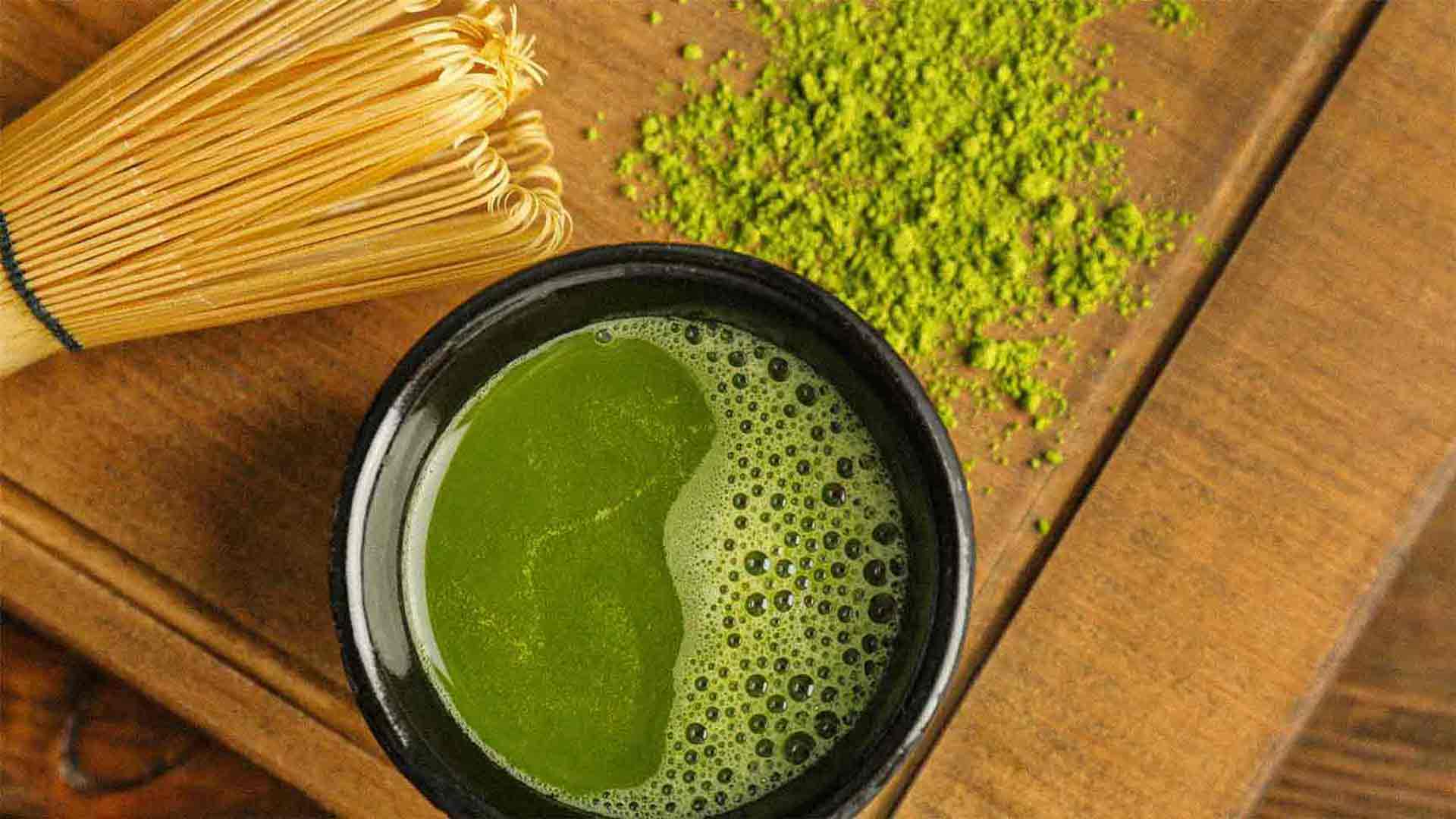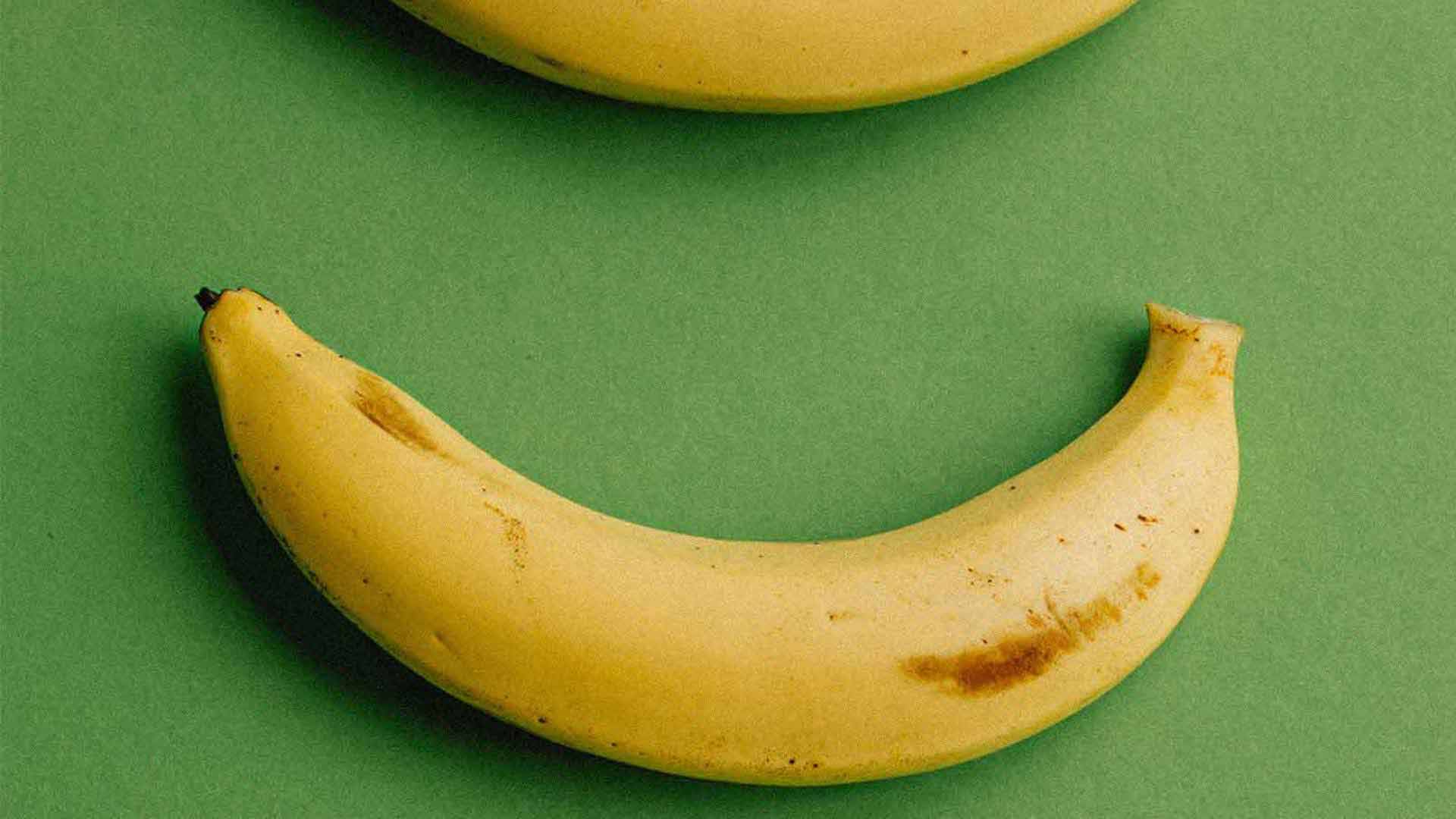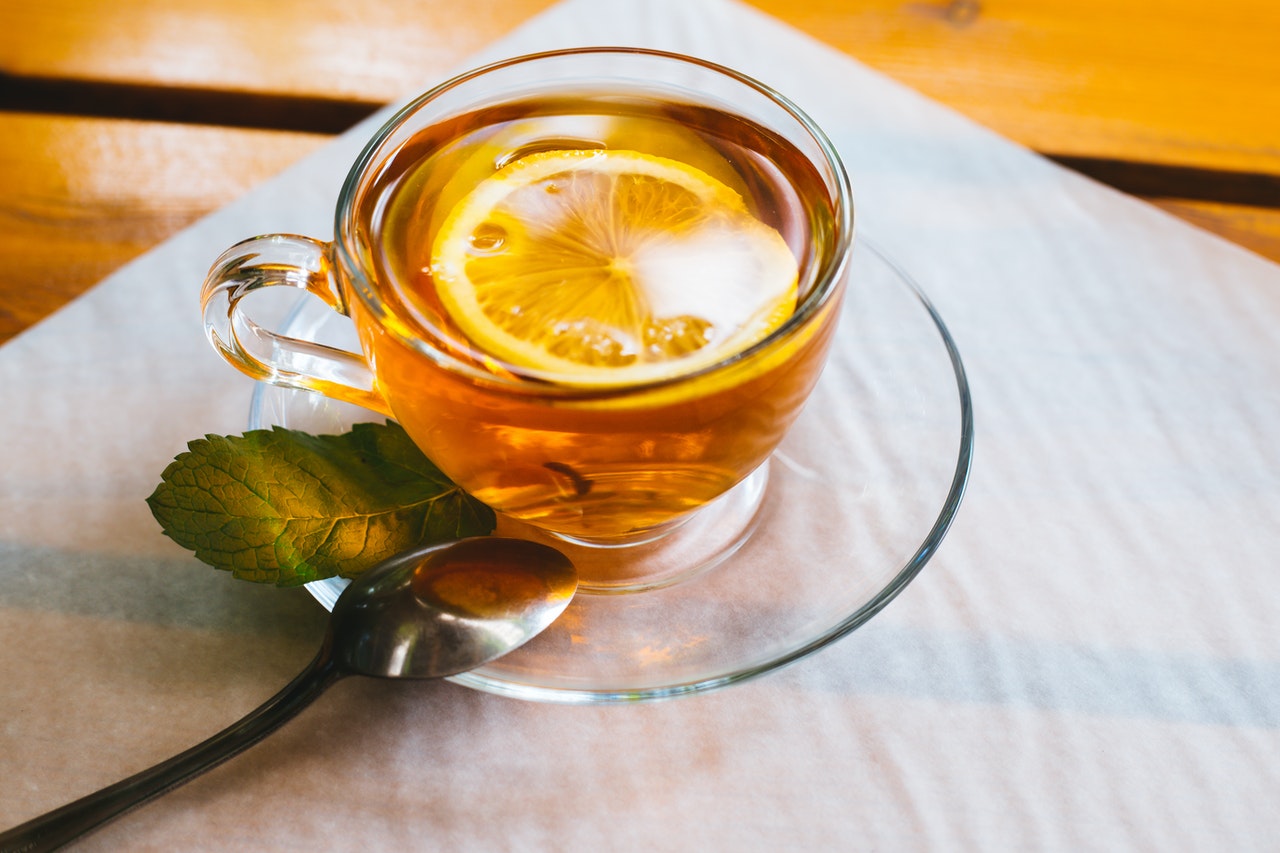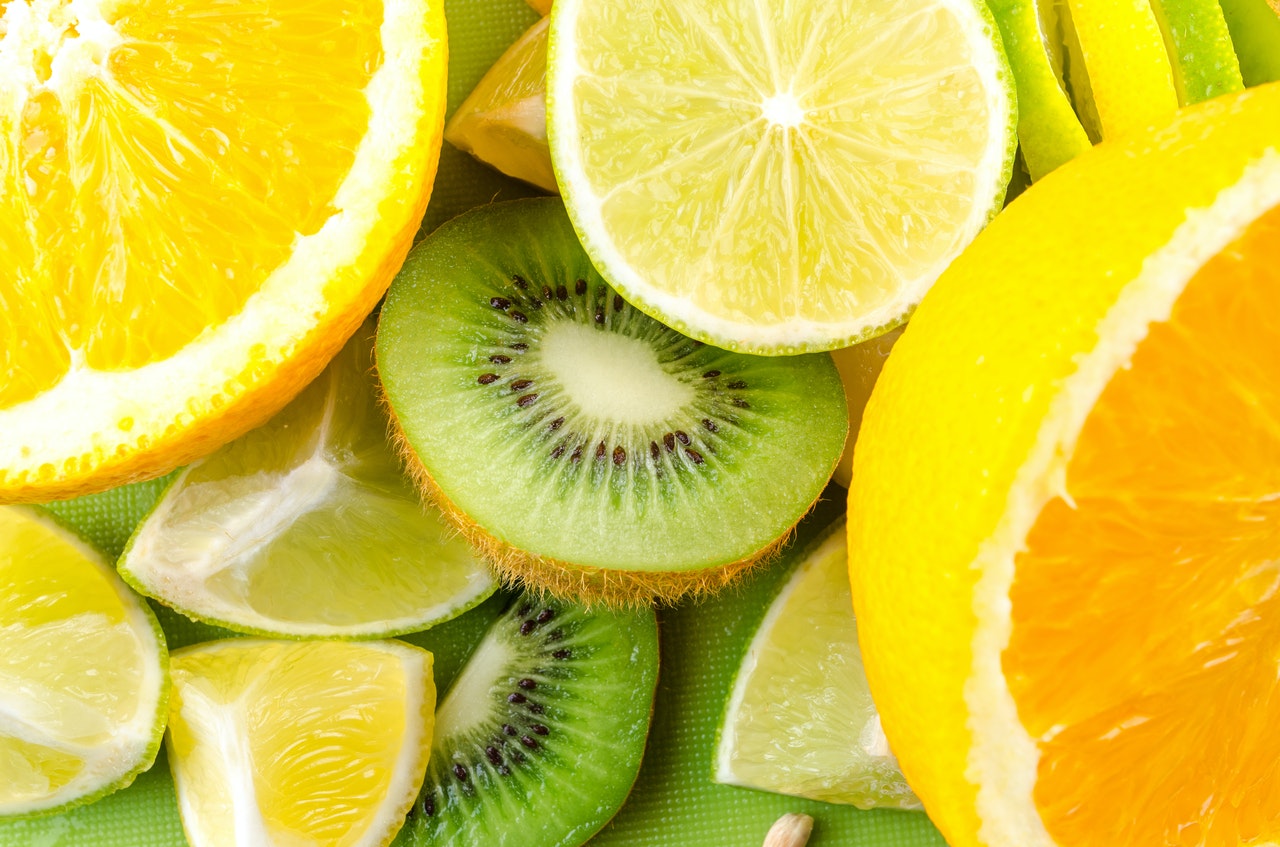It’s 3 pm, you peek your head up from a day of back-to-back meetings and think to yourself, “I haven’t even had lunch yet.” A jolt of caffeine gets you to your 5pm deadline before you dive headlong into evening chores.
Sound familiar? You may be on the road to burnout.
So what is burnout, exactly?
Burnout is different from stress. Stress is the feeling you get when you’re pushed outside your comfort zone. We all feel it from time to time; it’s temporary and it’s normal. Burnout is an entirely different beast. It’s a more serious issue that develops over time and leaves you depleted, detached and cynical. It makes a simple task feel like an insurmountable feat.
Are women at higher risk?
Yes. As women, we tend to wear our superhuman, “get sh** done,” powers like a badge of honor. We sacrifice workouts, sleep and even skip our daily lunch breaks just to keep up. In fact, women spend two more hours per day on chores than men who work the same number of hours¹. Add in the mental burden of managing these competing demands—known as “emotional labor”—and it’s no wonder that women, especially millennials, are burning out at an alarming rate.
How do you know you’re burnt out?
Burnout comes with some telltale symptoms:
- Hopelessness
- Fatigue and exhaustion
- Irritability
- Loss of motivation
- Inability to meet obligations
- Emotional detachment
- Withdrawal
- Brain fog
- Trouble sleeping
If this sounds like you, something has to change—your health depends on it. Here are 10 tips to help you recover:
1) Set healthy boundaries
Boundaries are the limits we set for ourselves in relationships and at work. They not only help preserve our emotional and physical health, but they can help us work more efficiently too². Before your workload gets unmanageable, communicate clear (and reasonable) expectations on timelines, and learn how to say “no” or ask for help when you’re stretched too thin. Most importantly, establish reasonable work hours and be sure to plan some well-deserved time-off.
2) Go easy on yourself
Getting burnt out doesn’t mean you’re a failure; it just means you need a break. It’s important to keep this in mind. A 2016 survey found that the average woman criticizes herself at least eight times a day³. The negative self-talk can amplify the psychological effects of burnout. So, show yourself the same compassion you would to a friend. As the saying goes, “give yourself grace.”
3) Log off social media
That toxic self-criticism we mentioned above is driven in part by our online habits. When we spend time on social media, we tend to compare ourselves to the unrealistic images we see there, and that can accelerate the negative self-talk that in turn makes burnout worse. So, to unwind your mind, take a break from scrolling.
4) Stop skipping lunch
When there isn’t enough time in the day, lunch breaks are the first thing to go. The truth is, stopping for lunch increases productivity, helps you feel more creative and improves your focus. Take a few minutes to unplug, enjoy a meal and stretch your legs before tackling the second half of your day.
5) Get plenty of sleep
Gearing up to hit “send” on an angry work email? Sleep on it! Chances are, you’ll feel better after a solid eight. Research shows that working while tired makes you more vulnerable to stress and irritability4.
6) Move your body
There‘s truth to the phrase, “runner’s high.” Moderate to intense exercise produces feel-good chemicals in your brain called endorphins. These are what give you that post-exercise buzz—and make exercise a great de-stressor. Aim for at least 30 minutes of physical activity, five days a week and be sure to include strength exercises at least twice a week for some bonus health benefits5.
7) Eat a healthy diet
People who eat healthier diets, especially Mediterranean-style diets rich in whole foods, feel less stressed than those who eat a typical Western-style diet high in sugar, processed foods, and fast food6. Tame “hanger” with balanced meals full of fiber, protein and healthy fats to keep your blood sugar (and mood) on an even keel throughout the day. And aim for at least five daily servings of antioxidant-rich vegetables and fruits for important stress-busting nutrients. USDA’s MyPlate defines a serving as one cup of fruit, one cup raw or cooked vegetables, or two cups of leafy greens.
8) Treat yourself to some ‘me’ time
Make time for the things that make you feel good. Getting your creative juices flowing with a favorite hobby has been shown to help reduce stress, so dust off those paint supplies and make a mess, knowing that you’ll come out feeling refreshed. Not feeling creative? Reward yourself at the end of a long workweek with a bubble bath or enjoy lunch with a friend for a similar dose of feel-good vibes.
9) Talk to a therapist
Burnout increases your risk of depression. Don’t be afraid to ask for help. Check your insurance for local providers or ask your doctor for a referral.
10) Try the right supplements
When it comes to stress and energy (or lack thereof), there is no one-size-fits-all solution. Some supplements, like ashwagandha, can help you feel more relaxed throughout the day, while others support your sleep and energy.
Not sure where to start? Take our free nutrition assessment to find out exactly what you need to get your bounce back.
Emily is a registered dietitian with a master’s degree in health communications. She is a self-proclaimed nutrition nerd and has a knack for translating nutrition science into everyday tips and resources. Emily is just one of Persona’s team of qualified nutritionists. Do you have questions about nutrition? Reach out. Our experts would love to help.










